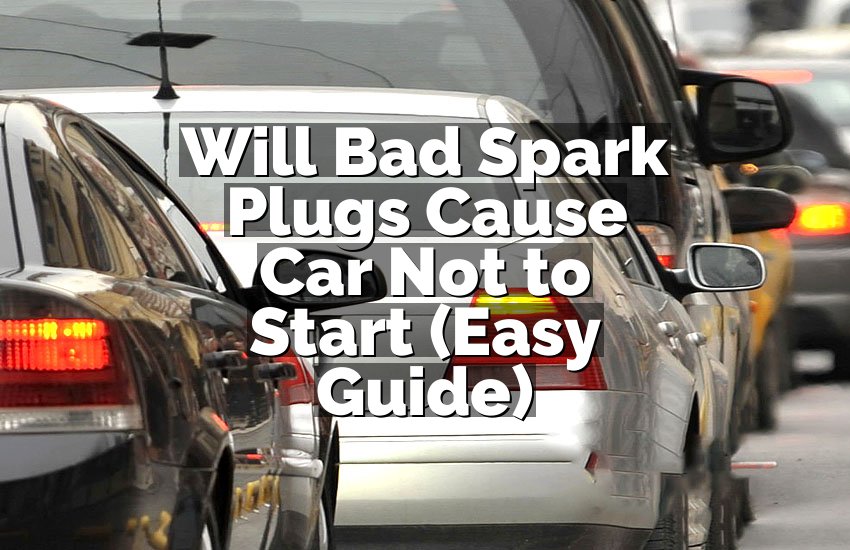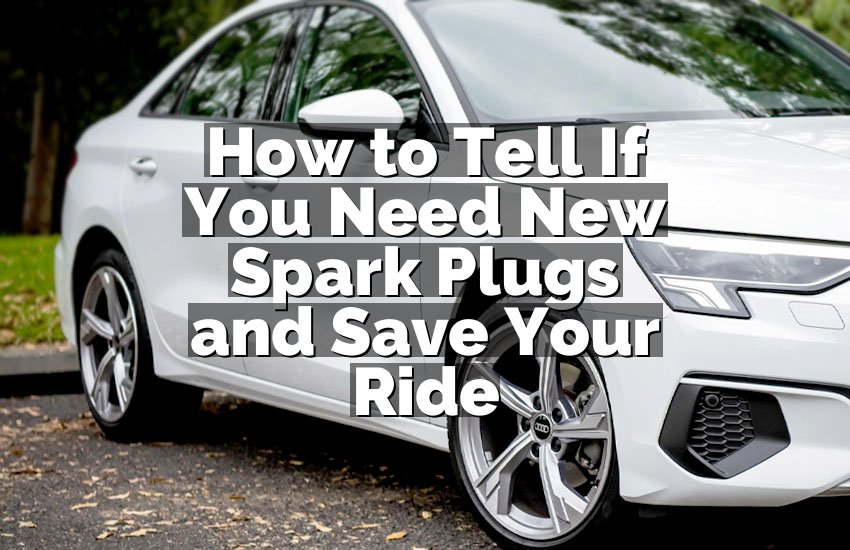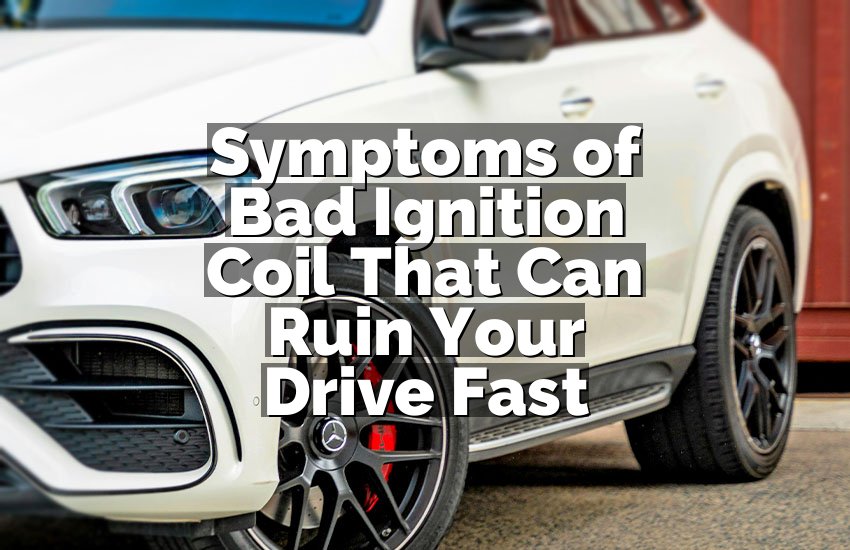When you’re ready to buy a car, one of the first questions you’ll face is how much money you should put down upfront. It’s an important decision that can affect your monthly payments, loan terms, and even how much interest you end up paying. In this article, we’ll walk through everything you need to know about car down payments. From what’s ideal to how much you can afford, we’ll break it all down for you.
What is a Down Payment on a Car?
Before you decide how much to put down on a car, it’s essential to understand what a down payment actually is. Simply put, it’s the amount of money you pay upfront when you purchase a vehicle. The down payment reduces the total loan amount, which means you’ll be borrowing less money from the bank or lender. This can help lower your monthly payments and decrease the amount of interest you’ll pay over time.
Why a Down Payment Matters
A down payment is important for several reasons. First, it shows the lender that you’re financially responsible. By making an upfront payment, you’re reducing the loan risk for them. Second, a larger down payment can lower your monthly payments because it reduces the total amount you’ll need to finance. Lastly, putting down a decent amount of money can help you avoid owing more than the car is worth, especially if the car’s value decreases over time.
How Much Should You Put Down?
The general rule of thumb is to put down at least 20% of the car’s price. This is often recommended because it reduces your loan-to-value ratio and helps ensure you’re not upside down in the car loan (owing more than the car is worth). However, some lenders might be okay with a lower down payment, especially if you have a strong credit history.
The Ideal Down Payment Amount
While 20% is the gold standard, the ideal down payment really depends on your personal financial situation. If you have extra cash saved up, a larger down payment might make sense. However, if money is tight, you can still make a smaller down payment. Just remember that the more you can put down, the better your financing terms will likely be.
Factors That Influence Your Down Payment
When deciding how much to put down on a car, several factors should be considered. These include your budget, credit score, the car’s price, and the type of loan you’re applying for. Let’s take a closer look at each of these factors and how they affect your down payment.
Your Budget
Your budget is one of the most important factors when deciding how much you should put down. You don’t want to stretch yourself too thin by paying more than you can afford upfront. A good rule of thumb is to aim for a down payment that won’t leave you financially strained. Think about how much money you have saved and whether putting down a larger amount will affect your ability to cover other expenses like insurance, gas, and maintenance.
Your Credit Score
Your credit score plays a big role in the type of loan you qualify for and the interest rate you’ll receive. If you have a high credit score, you might be able to secure a loan with a lower down payment. Lenders might be more willing to offer favorable loan terms because they view you as a less risky borrower. On the other hand, if your credit score is lower, a larger down payment might be necessary to secure financing.
Car Price
The cost of the car you’re purchasing also influences how much you should put down. A more expensive car usually requires a larger down payment. For example, a 20% down payment on a $30,000 car would be $6,000, but a 20% down payment on a $50,000 car would be $10,000. The more you can put down, the smaller your loan will be, which can help lower your monthly payments.
Type of Loan
The type of loan you are taking out can also impact how much money you need to put down. Some loans, especially for used cars, may require a larger down payment. New car loans sometimes offer special promotions that require little or no down payment, but these offers might come with higher interest rates. It’s always a good idea to shop around for the best loan terms before committing.
What Happens if You Don’t Put Enough Down?
If you don’t put enough down on a car, you could face a few challenges down the road. While putting down less money up front might seem appealing because it leaves you with more cash in hand, it often leads to higher monthly payments, longer loan terms, and more interest over the life of the loan. Plus, if the value of the car decreases quickly, you might end up owing more than the car is worth, which is known as being “upside down” on the loan.
Higher Monthly Payments
If you put down a smaller down payment, you’ll have to borrow more money, which means your monthly payments will be higher. This can stretch your budget and make it harder to afford other important expenses. Higher monthly payments might also lead to higher interest costs, meaning you’ll end up paying more over the life of the loan.
Longer Loan Terms
When you put less down, some lenders may offer you a loan with longer terms. While this might make your monthly payments smaller, it means you’ll be paying off the loan for a longer period. Longer loan terms generally come with higher interest costs, and you’ll be paying for the car much longer than necessary. This can be a risky move, especially if your financial situation changes.
Being Upside Down on Your Loan
One of the biggest risks of not putting enough down is the possibility of being upside down on your loan. This happens when the value of the car drops faster than you’re paying down the loan. If you owe more on the car than it’s worth, it can be difficult to sell or trade the car in the future without taking a financial hit.
Tips for Saving for a Down Payment
If you’re struggling to save enough for a down payment, don’t worry – you’re not alone! Here are some simple tips to help you save up for that all-important down payment on a car.
Set a Savings Goal
Start by setting a realistic savings goal for your down payment. Depending on the car’s price, you’ll need to aim for at least 20%. If that seems too high, start by saving as much as you can and gradually increase the amount over time. The more you can save, the better your financing terms will be.
Cut Back on Non-Essential Spending
Take a close look at your budget and see where you can cut back on non-essential expenses. Maybe you can skip a few take-out meals or reduce the amount you spend on entertainment. Those small savings can add up quickly and help you reach your down payment goal faster.
Use Tax Refunds or Bonuses
If you receive a tax refund or a work bonus, consider putting some or all of that money toward your down payment. This extra cash can give you a boost and help you reach your savings target more quickly.
Consider Selling Unused Items
Look around your home for items you no longer need or use. Selling things like old electronics, clothing, or furniture can give you a nice chunk of change to add to your down payment savings.
I hope this article has helped clarify how much you should put down on a car. The more you can afford to put down, the better your loan terms will be, but it’s also important to stay within your budget. Don’t stretch yourself too thin, and remember that every little bit you save can make a difference in the long run. Happy car shopping!
Frequently Asked Questions (FAQs)
Is it necessary to put 20% down on a car?
It’s not always necessary to put 20% down on a car, but it’s a good guideline. Putting 20% down helps reduce your loan amount, lowers monthly payments, and can prevent you from being upside down on the loan. However, depending on your credit score and the car price, you may be able to get away with a lower down payment, but you could face higher interest costs or longer loan terms.
Can I buy a car without a down payment?
Yes, it’s possible to buy a car without a down payment, but it may not be the best option. Some dealers offer promotions that allow you to purchase a car with no down payment, but these deals often come with higher interest rates or less favorable loan terms. It’s a good idea to weigh the pros and cons before choosing this option.
Do I need to put down 10% on a used car?
While 10% down is a common recommendation for used cars, the amount you need to put down depends on your financial situation and the type of loan you’re applying for. If you have a strong credit score, you may be able to negotiate a lower down payment. However, a higher down payment can help secure better loan terms and reduce your overall debt.
Is it better to put down a large amount on a car?
Putting down a larger amount on a car can be beneficial, as it lowers your loan amount, which results in smaller monthly payments and less interest over time. However, make sure the larger down payment doesn’t strain your finances. It’s important to balance a good down payment with your ability to cover other expenses.
Can I use my trade-in vehicle as a down payment?
Yes, you can often use your trade-in vehicle as a down payment on a new or used car. The trade-in value will be subtracted from the cost of the car you’re purchasing, lowering the amount you need to finance. Just make sure you get a fair price for your trade-in, and don’t forget to factor in any remaining loan balance if you still owe money on your old vehicle.
Is it bad to put down less than 10% on a car?
Putting down less than 10% on a car isn’t necessarily “bad,” but it can lead to higher monthly payments and more interest costs over the life of the loan. A smaller down payment may also increase the chances of being upside down on the loan. It’s best to put down as much as you can afford without overstretching your budget.
Do I need a down payment for a car loan if I have good credit?
Having good credit can sometimes allow you to qualify for a car loan with little or no down payment. However, it’s still a good idea to make a down payment, as it will help lower your monthly payments and reduce the total amount you borrow. A down payment can also give you more leverage when negotiating better loan terms.
Is it better to save for a larger down payment or lower my monthly payment?
It depends on your financial situation. If you can afford to save for a larger down payment, it’s generally better, as it will lower your monthly payments and the total amount of interest you’ll pay. However, if saving for a large down payment is challenging, you can still look for financing options with lower monthly payments while keeping your down payment reasonable.


